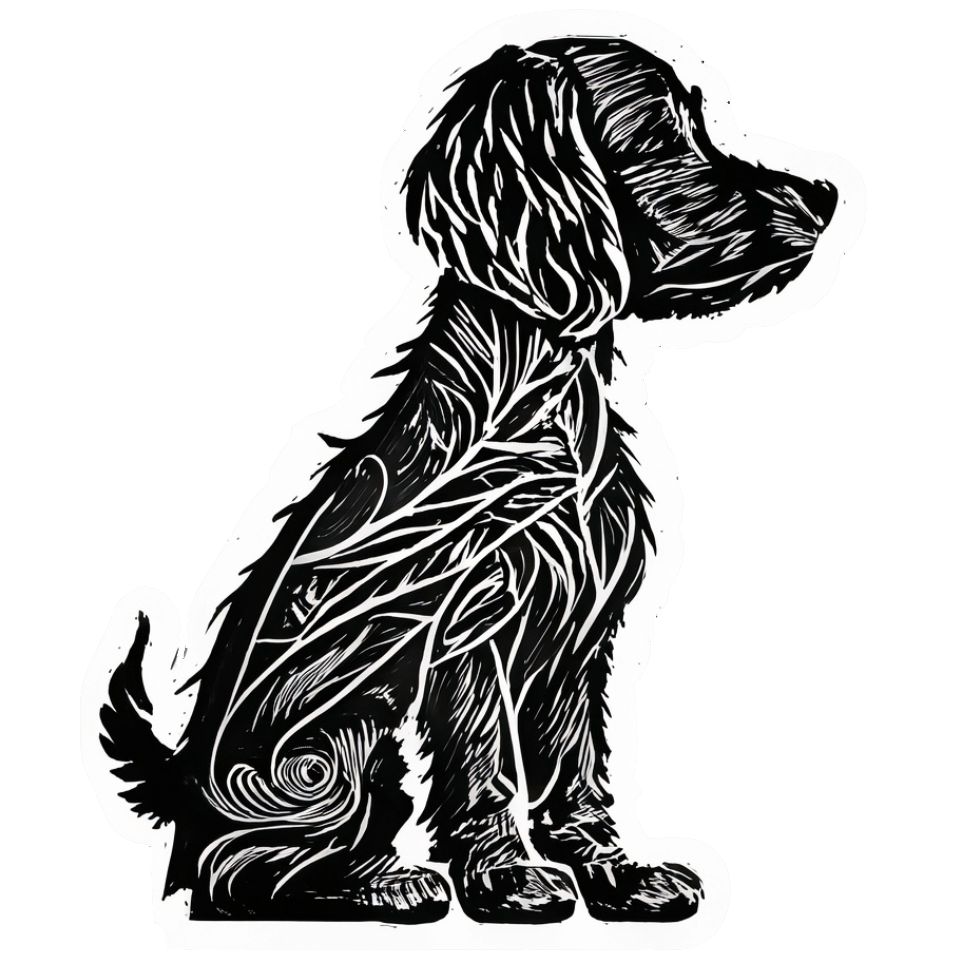Tracing the Roots of Man’s Best Friend

The bond between humans and dogs is unparalleled, a relationship built on trust, loyalty, and millennia of shared history. But have you ever wondered how our gentle Golden Retrievers and playful Poodles are connected to the wild wolves of ancient times? This article unravels the intricate tapestry of the wolf ancestry connection, shedding light on the evolutionary journey that led to the creation of man’s best friend.
A Shared Lineage
- Genetic Ties: DNA studies have consistently shown that all modern dogs (Canis lupus familiaris) share a common ancestry with the gray wolf (Canis lupus). This genetic link suggests that every breed, from the tiniest Chihuahua to the towering Great Dane, can trace its lineage back to this majestic wild predator.
- Timeline of Divergence: While the exact timeline remains a topic of debate among scientists, it’s widely believed that the domestication process began between 20,000 to 40,000 years ago.
The First Step: Mutual Curiosity
- Proximity to Human Settlements: As ancient human tribes hunted and gathered, they left behind scraps. Curious and opportunistic wolves, driven by hunger, began to venture closer to human camps, marking the beginning of a transformative relationship.
- Natural Selection: Over time, wolves that displayed less aggression and a higher tolerance for human presence had a better chance of accessing food. These “tamer” wolves gradually formed a distinct population, setting the stage for domestication.
From Wild to Domestic: The Evolutionary Journey
- Selective Breeding: Early humans recognized the benefits of these semi-domesticated wolves, from their roles in hunting to their capabilities as guards. Through selective breeding, humans began to emphasize desirable traits, leading to the emergence of early dog breeds.
- Physical and Behavioral Changes: As wolves evolved into dogs, noticeable changes occurred. Their snouts shortened, tails curled, and behaviors adapted to fit the human-centric environment. The fierce predator’s demeanor softened, giving rise to the loyal and affectionate nature of modern dogs.
Cultural and Historical Significance
- Symbolism: In many ancient cultures, the wolf was revered as a symbol of strength, intelligence, and spirituality. As dogs became more integrated into human societies, they too were imbued with cultural and symbolic significance, often representing loyalty, protection, and companionship.
- Historical Records: Cave paintings, ancient texts, and fossilized remains all provide evidence of the deep-rooted connection between humans, wolves, and dogs. These historical markers offer glimpses into the evolving relationship across different civilizations and eras.
The wolf ancestry connection is a testament to the incredible power of evolution, adaptation, and human influence. It’s a story of transformation, from wild hunter to domesticated ally. As we look into the eyes of our furry companions, it’s humbling to remember the ancient lineage they carry within them, a legacy of the wild wolves that once roamed our planet.
